I am studying how the natural history and environment shape the evolution and diversity of animal signals. The bulk of my work in this theme has focused on color evolution in wood warblers (Family: Parulidae). Wood warblers vary considerably in song and color among species, occur throughout a wide variety of habitats (such as pine forests, swamps, and meadows), and differ in multiple ecological traits, such as migratory behavior and species range overlap. I previously found that evolutionary changes in migratory distance were driving the evolution of sexual differences in coloration in this group likely due to losses of female coloration, which is contrary to previous ideas on how sexual color differences were primarily driven by changes in male coloration (Simpson et al. 2015). I also uncovered how both natural and sexual selection act together on different aspects of warbler plumage coloration to shape color diversity in both males and females (Simpson et al. 2020). Currently, I am studying how species range overlap influences signal divergence between species in both song and plumage coloration.
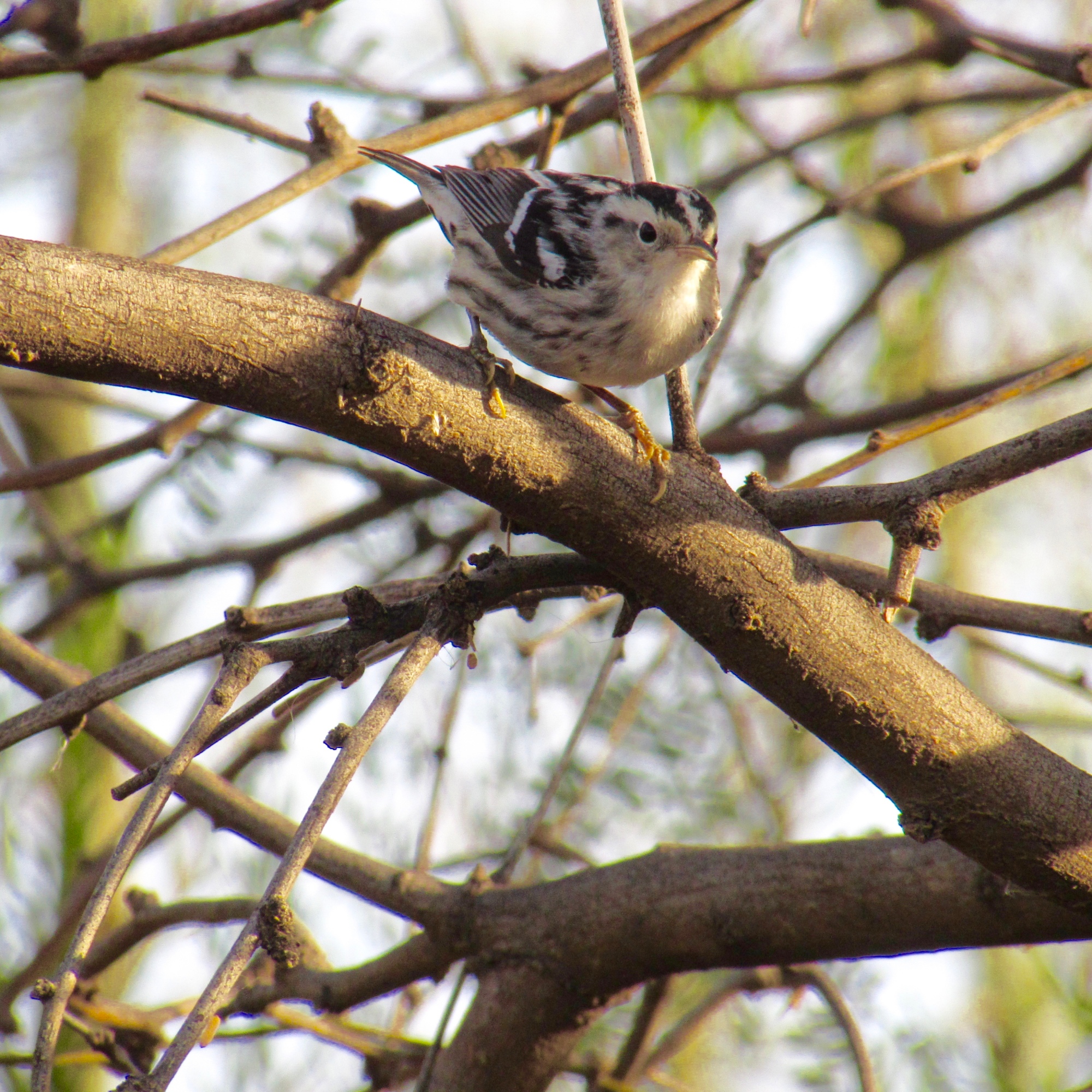
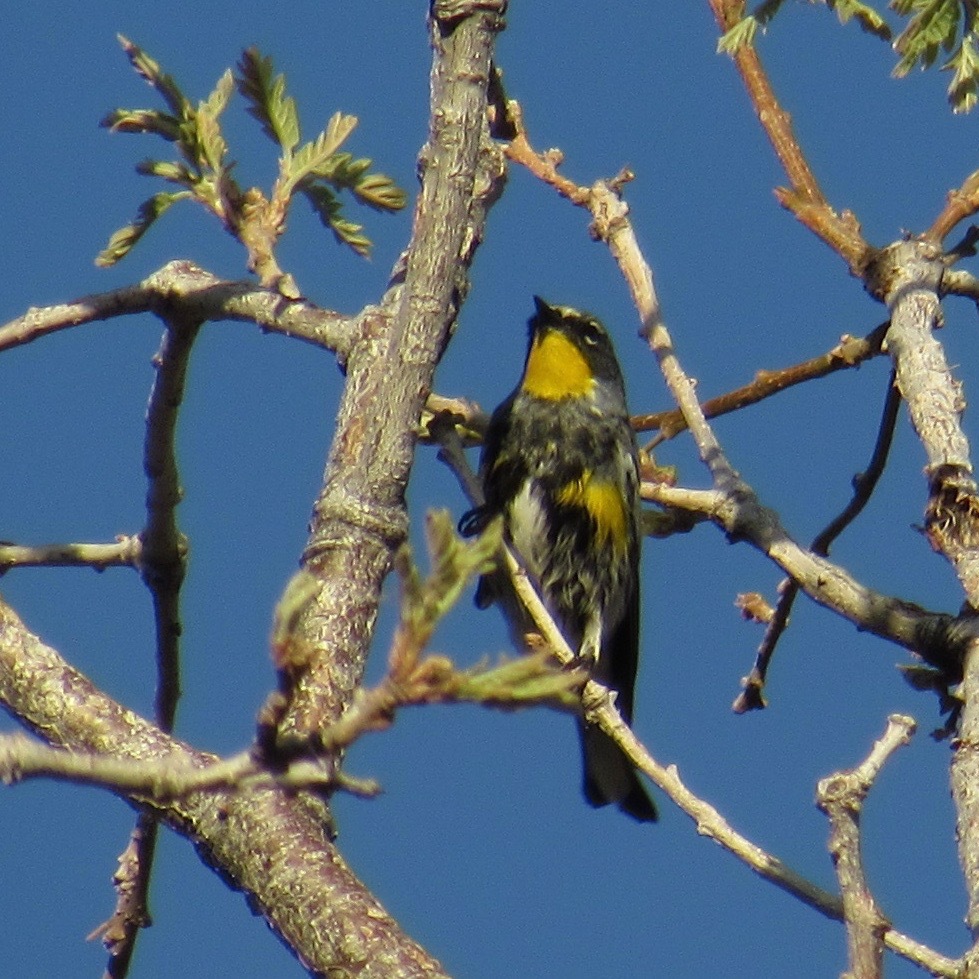
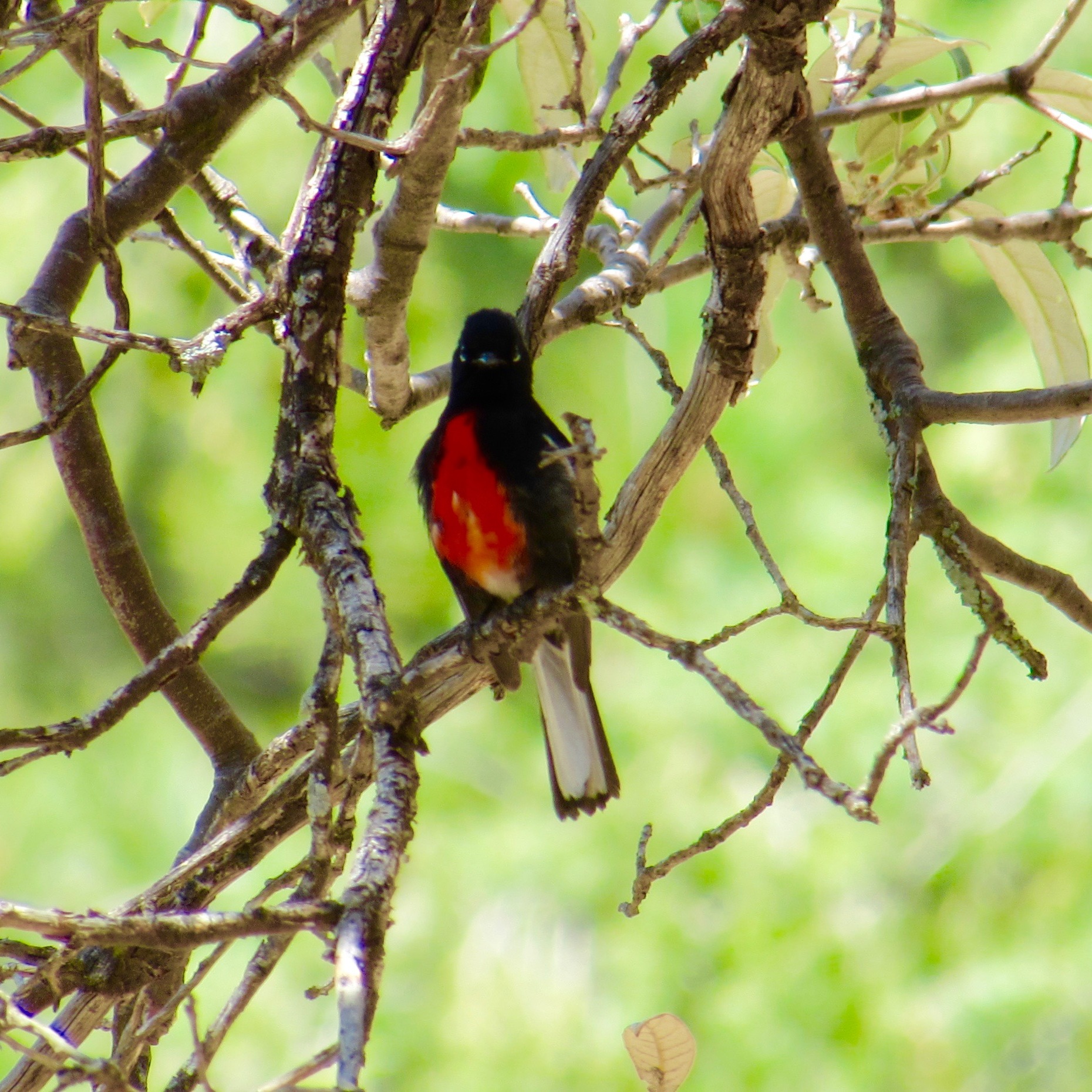
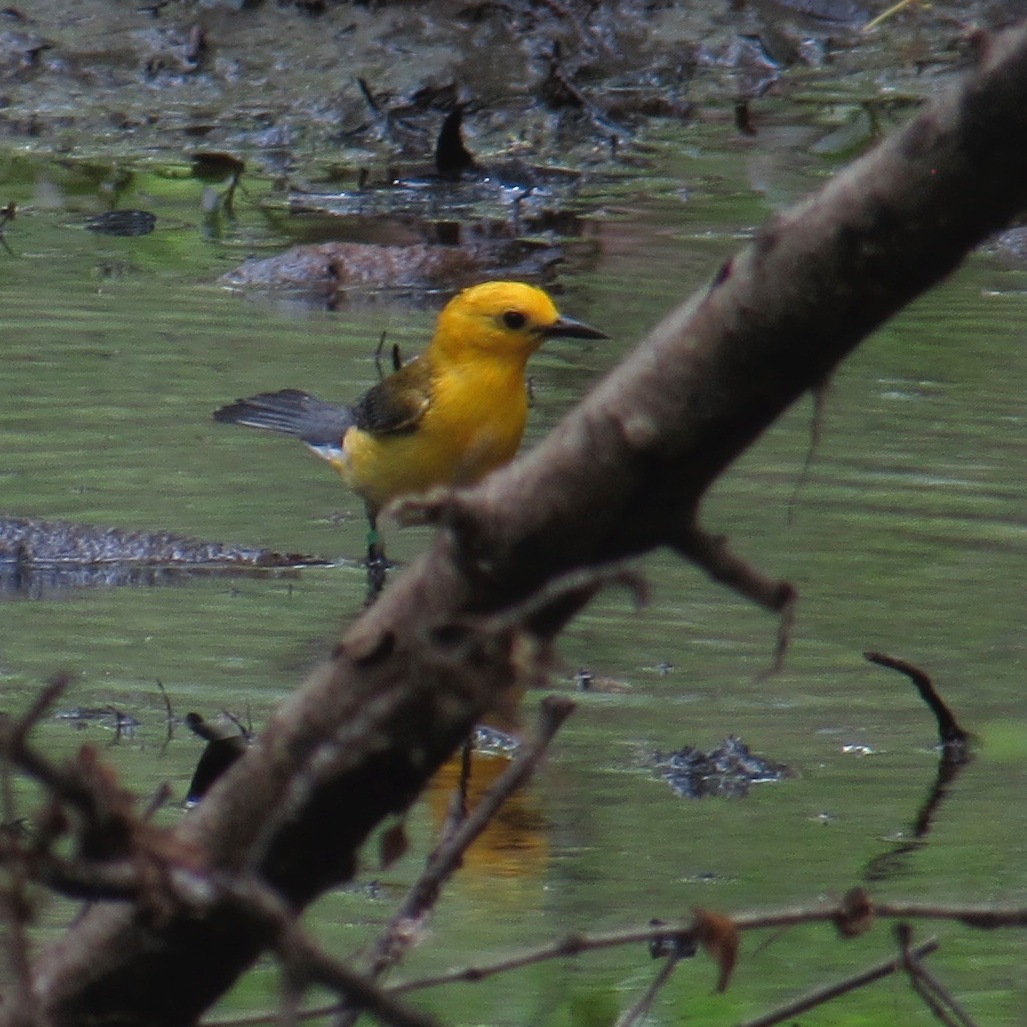
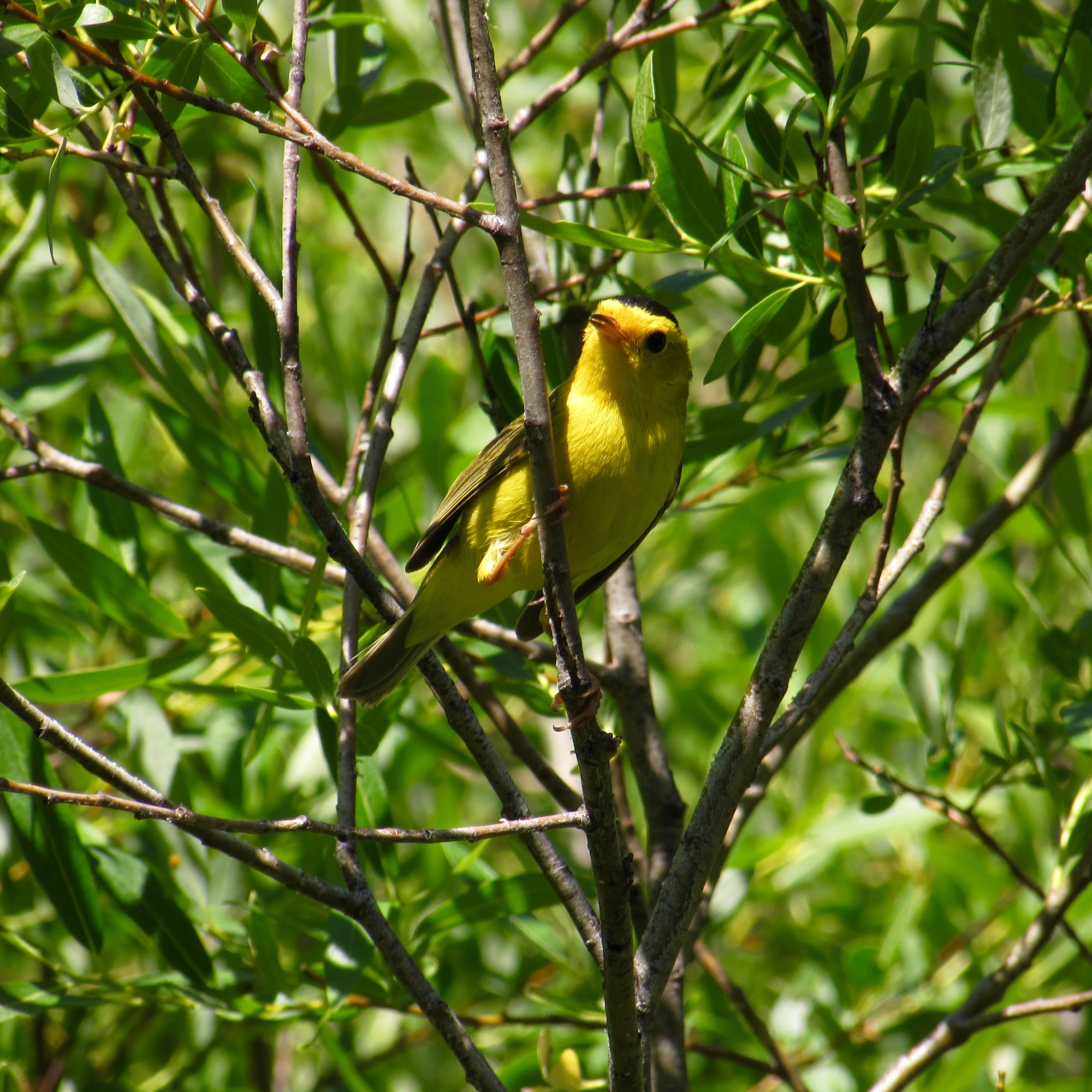
My other research themes:
1. Behavioral and environmental modulation of signals
2. Evolution of signal production mechanisms
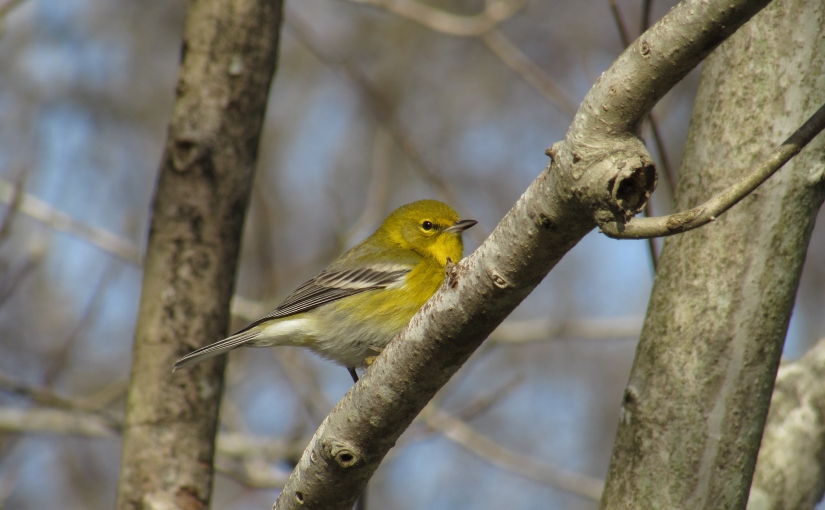
2 thoughts on “Drivers of Signal Evolution and Diversity”